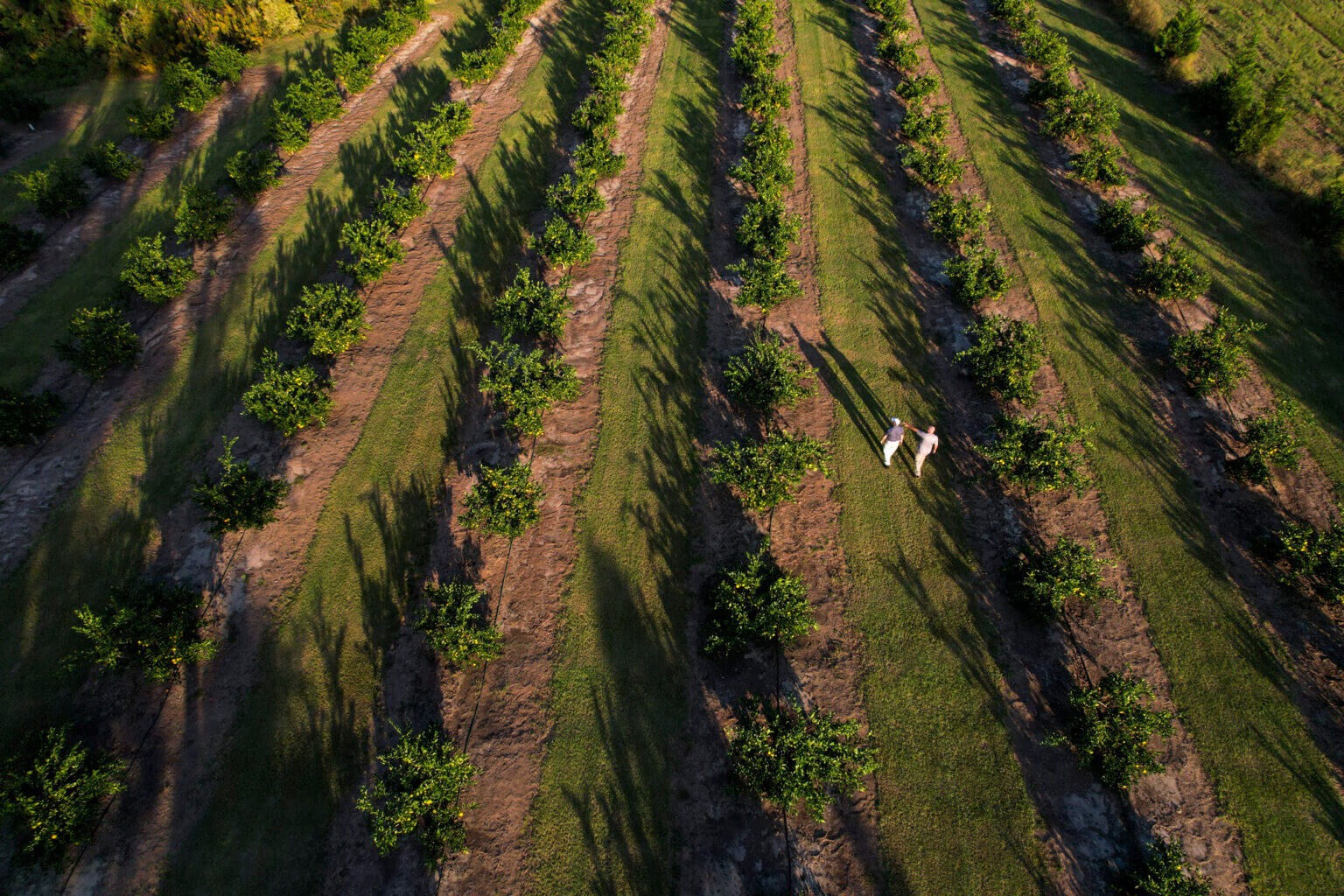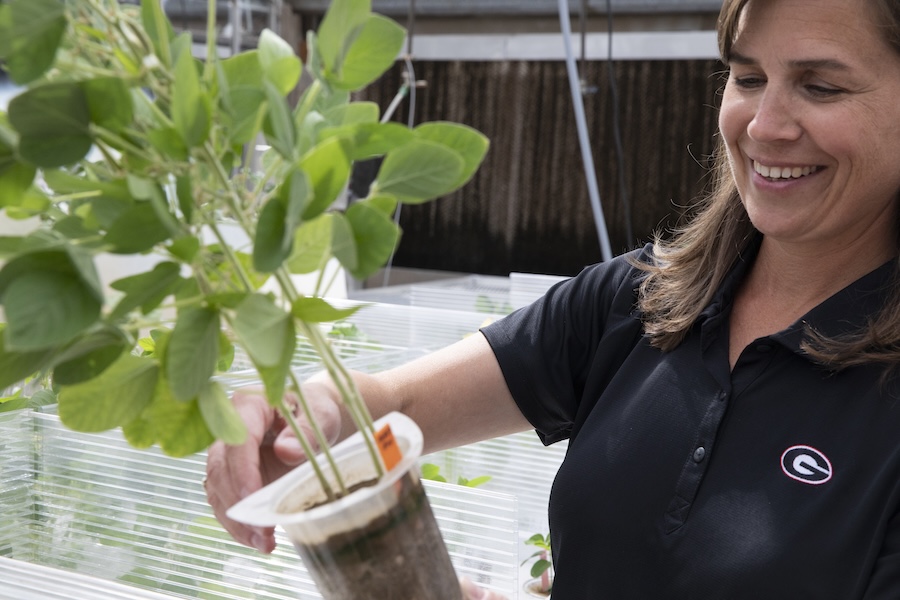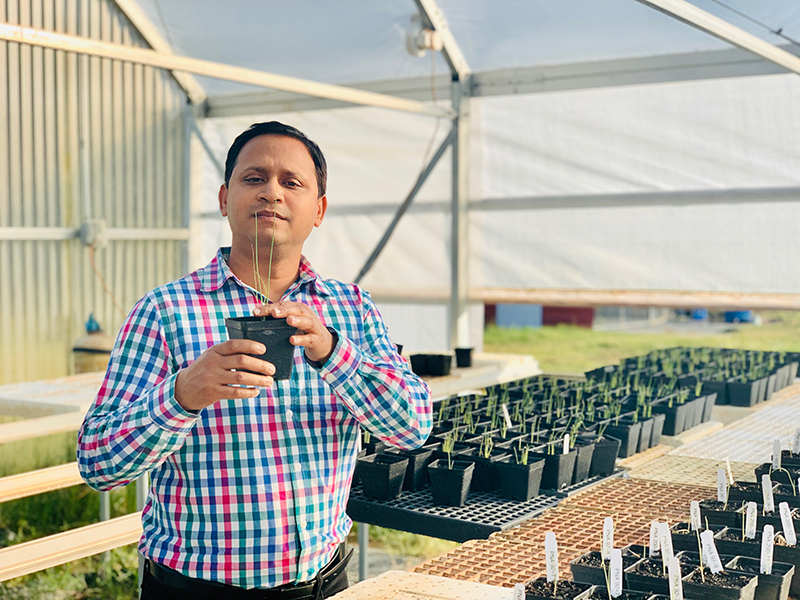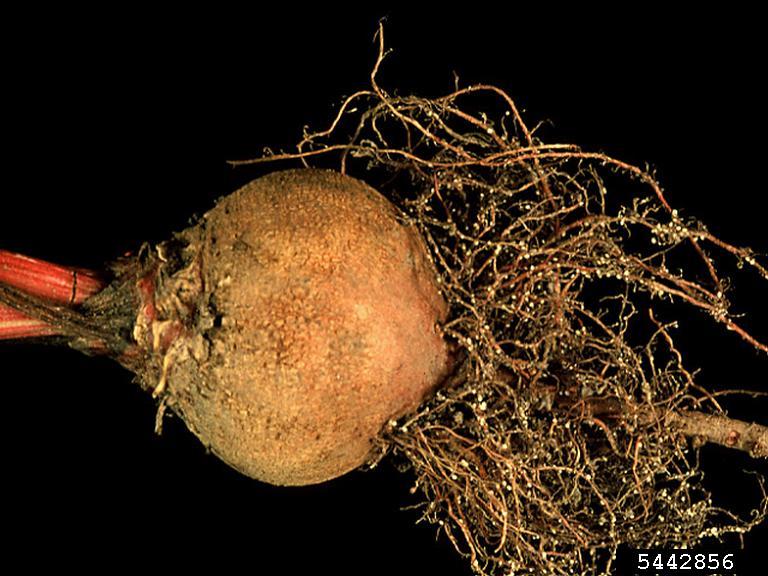 CAES News
CAES News
2025 E. Broadus Browne Awards
For the 20th consecutive year, the University of Georgia College of Agricultural and Environmental Sciences hosted the prestigious E. Broadus Browne Research Awards competition, resulting in three new graduate students being honored for their outstanding efforts in research and communication. In recognition of former Georgia Agricultural Experiment Station Director Edmund Broadus Browne, the annual competition highlights some of the best graduate research from departments within the college and challenges contestants with an oral presentation.









